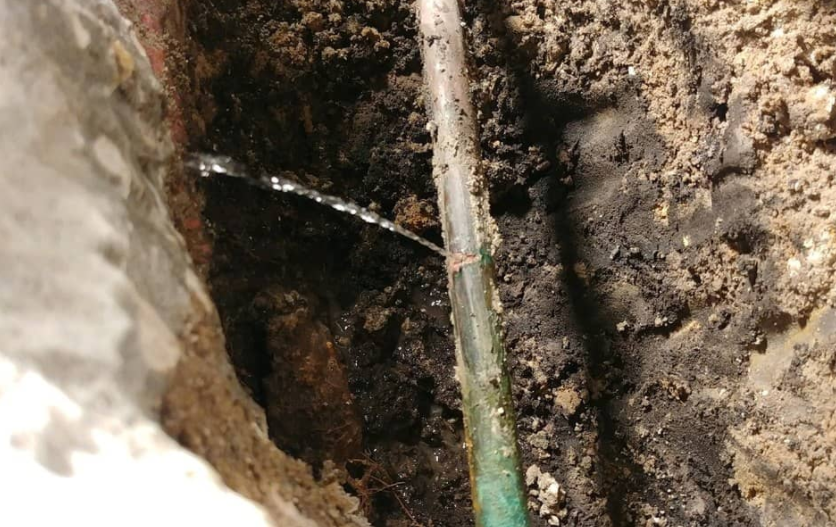THUNDER BAY — A $350-million class action lawsuit against the city involving pinhole leaks in copper water pipes will be moving forward, but the scope of the action is yet to be determined.
A virtual hearing before Justice Paul Perell was held on Wednesday, where he acknowledged that the parties have agreed to move forward on the negligence claim and for it to be certified as a class action proceeding.
However, the parties disagreed on certifying a nuisance claim and made arguments for and against it.
The class action involves the city adding sodium hydroxide to the municipal water supply in 2018 in an effort to reduce lead levels. It is alleged that the chemical eroded copper pipes and resulted in some experiencing pinhole leaks.
Compensation in the amount of $350 million is being sought to cover the cost of leaks in water pipes in residential properties. A separate $350,000 lawsuit involving pinhole leaks was also filed by St. Joseph’s Care Group.
The city has denied it was negligent when it added sodium hydroxide to the municipal water system.
While Perell was satisfied that the negligent claim can be certified, he questioned whether or not claims of private nuisance can be certified as it relates to this action.
“At the moment, it strikes me that the city’s argument is the better argument against certification,” he said. “The reason is, if the immunity provision of the Municipal Act applies, I think the plaintiff has the more difficult side of the case to get outside of the immunity provision. It does seem to apply in the immediate case.”
Perell was referring to a provision in the Municipal Act that grants municipalities immunity from damage caused by water escaping from city facilities or infrastructure, such as in the case of sewage backups or broken water mains.
Erik Knutsen, counsel for the class action plaintiffs, argued that the damage caused to the pipes was the result of the city adding something to the water, not water escaping.
“If you look at the behaviour in this case, it isn’t the water escaping, and escape is the main word, from the city’s facility, they put something in the pipes that ate them from the inside out,” he said. “The city didn’t release the water that leaked. It cranked up the pH 10 times the level we know eats the pipes.”
The leaking pipes, Knutsen added, resulted in residential properties sustaining damage and some not having access to water for an extended period of time.
He also argued that the leaks occurred in pipes within residences, not from municipal infrastructure, and therefore not part of the immunity as defined under the Municipal Act.
Perell asked if it would make more sense for impacted residents to pursue individual actions, as opposed to waiting for the class action to move forward.
“You are going to have a very busy courthouse,” Knutsen replied. “You will have a nuisance about nuisance. There will be a lot of claims showing up.”
Lawrence Theall, counsel for the city, argued there are unique circumstances regarding pinhole leaks and because liability is an individual issue it would be better to look at claims individually rather than as part of a class action.
Perell will return at a later date with a decision on whether or not the nuisance claim can be certified. The class action will then move on to the discovery and Perell advised counsel not to sit around and wait, as the decision on the nuisance certification will likely not have significant bearing on the discovery phase.
